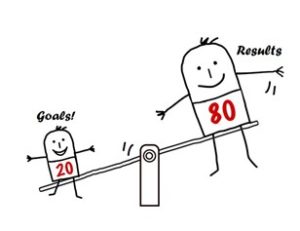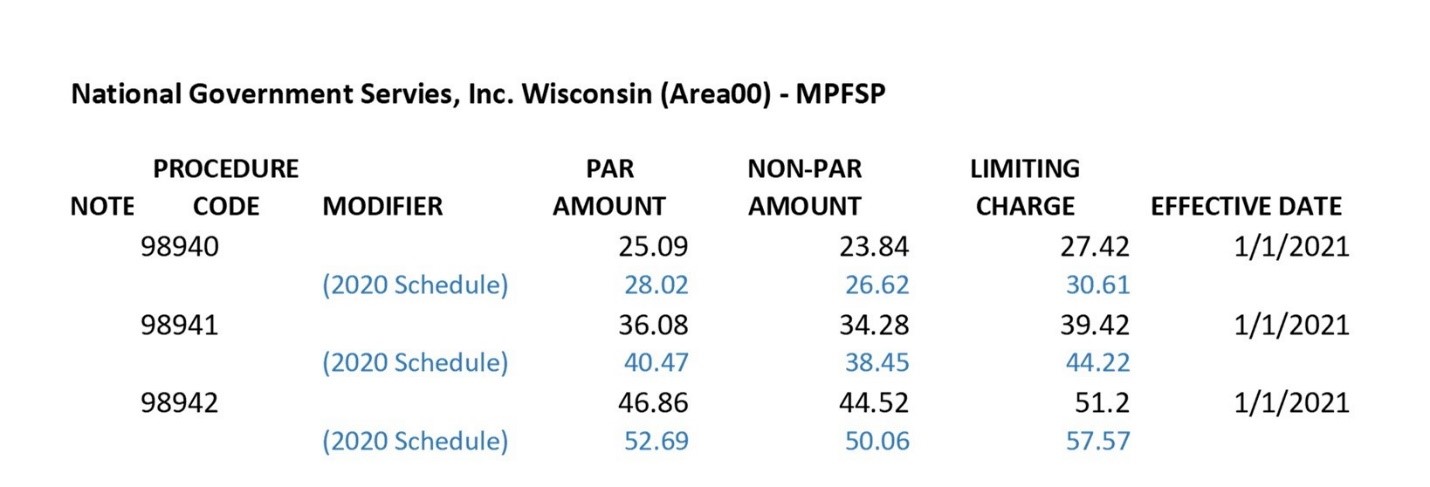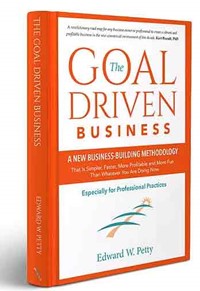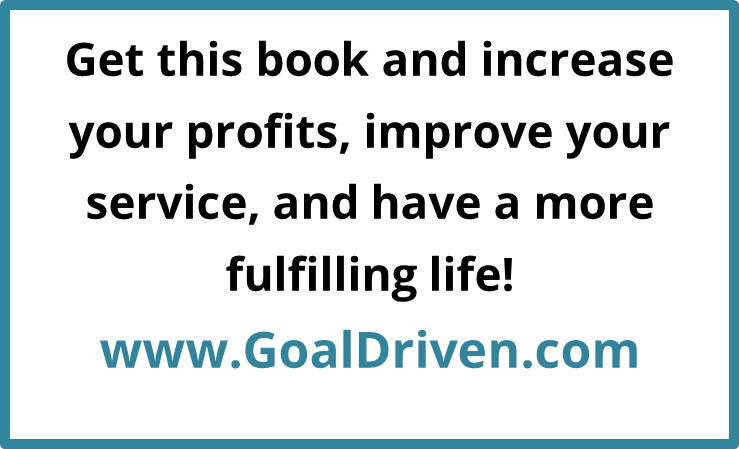 The cause of almost all relationship difficulties is rooted in conflicting or ambiguous expectations around roles and goals. Stephen Covey
The cause of almost all relationship difficulties is rooted in conflicting or ambiguous expectations around roles and goals. Stephen Covey
The reason many offices have a difficult time growing has to do with missing roles.
A role is the identity assumed to perform a series of tasks that produce a specified outcome.
In the hundreds of offices that we have visited over the years, the doctors take on essentially two roles: doctor and owner. This works in the beginning for a few years as the practice grows. In time, however, the practice begins to roller coaster. Numbers go up, then they go down, cycling up and down until everyone fatigues and just settles.
There are several causes for the Practice Roller Coaster. There are hidden barriers that hold an office back and sabotage its growth. These are covered in my book, The Goal Driven Business.
One of the barriers has to do with a missing role that most business owners overlook. Can you guess which one that is?
Let’s look at goals: What is the goal of a doctor? “A healthier person,” right?
What is the goal of a business owner? A secure and solvent business. Dividends from ownership.
What is missing? The doctor can achieve their goal by seeing 10 people a week. As a business owner, they can keep their overhead very low – perhaps working out of their home. But is that what you really want – to see 10 people a week out of your house? Overhead is low and you are getting good results. So, what is missing?
The CEO – the chief executive is the missing role. The goal of a CEO is a very profitable business that operates at full capacity providing world class service and delivering extraordinary results.
The CEO is the chief manager, leader, and marketer, which are the three functions that drive the business to its goals.
Sometimes we hear the doctor being referred to as the “boss,” but boss is not a well-defined role. “Boss” is generally recognized as the person who gives orders and makes decisions. However, it is an overlay of an existing role, as in a “bossy” doctor or “bossy” owner. The role of a CEO is much more than this.
Most providers are too busy providing services to do much managing – and besides, they are paid for their services, not their managing or leadership. Doctors are trained to manage patients, not businesses.
Still, this is a role that must be fulfilled as distinct and separate from the owner or provider roles if the business’s full capacity is to be achieved.
Three Functions of the CEO
The role of CEO includes these functions:
- Leadership: Leadership is all about goals. It defines where you are going and why and helps everyone you work with embrace this knowledge with commitment. Leadership includes your mission, long-range plans, values, and … the insistence upon achieving them.
- Management: Management deals with how to get to the goals. Management works to ensure that people and procedures are effectively working and improving.
- Marketing. Marketing includes procedures and projects that help generate new patients/clients and retain them. Marketing is business, and business is marketing.
Once your practice is at least at 50% capacity, a couple of hours spent each week on effective leadership, management, or marketing activities as a CEO is worth 8 hours or more doing anything else. For example, time spent going to a seminar – perhaps 20 hours including the transportation, may increase your numbers for months afterward. A little can go a long way.
Because the role of practice CEO must be very part-time, we have developed the Fast Flow CEO System for the Goal Driven Business. This can take as little as 2 -3 hours per week, depending on the scale of your business. Here are five components of the Fast Flow CEO System:
- Get Out to Work On. Regularly take time to get out of the business so that you can work on your business.
- The CEO Works for the Business. The business does not work for the CEO. Sure, the business works for the doctors so that they can provide better service to the patients. But that is for the doctor. Sometimes called “servant leadership,” the CEO is the Chief Coach, helping others understand the goals and how to achieve them.
- Team Members. The CEO works to create team members who take on a portion of departmental management, marketing, and leadership.
- Manager. The CEO creates the role of manager and delegates a team member to assume this as a part-time role. The manager can take on much of the CEO’s daily and weekly duties.
- Study. The CEO studies leadership, management, and marketing to improve their skill as a CEO. Leaders are … readers!
Certainly, all this requires some skill and training – and coaching! But just clarifying the role of CEO and its expectations as distinct from the roles of owner and doctor (or “boss”) will significantly improve your chances of breaking out of the Practice Roller Coaster and achieving your goals.
Ed Petty
March 14, 2022



















 Kiplinger recently shared information from the Centers for Medicare & Medicaid Services reporting that Medicare Part B premiums will jump dramatically in 2022. An increase of 14.5% or $21.60 from 2021. Deductibles will also show an increase of $30.00 going to $233 in 2022.
Kiplinger recently shared information from the Centers for Medicare & Medicaid Services reporting that Medicare Part B premiums will jump dramatically in 2022. An increase of 14.5% or $21.60 from 2021. Deductibles will also show an increase of $30.00 going to $233 in 2022.

 “
“

 Dear Chiropractors and Staff:
Dear Chiropractors and Staff:

